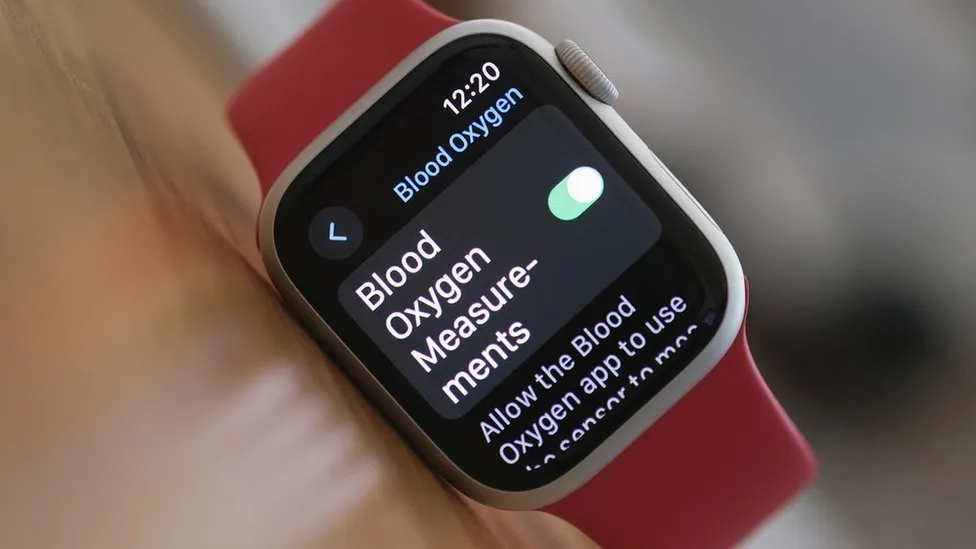As rural hospitals continue to struggle financially in the United States, a new type of hospital is slowly taking root, especially in the Southeast.
Rural emergency hospitals receive more than $3 million in federal funding a year and higher Medicare reimbursements in exchange for closing all inpatient beds and providing 24/7 emergency care. While that makes it easier for a hospital to keep its doors open, experts say it doesn’t solve all of the challenges facing rural health care.
People might have to travel further for treatments for illnesses that require inpatient stays, such as pneumonia or COVID-19. In some of the communities where hospitals have converted to the new designation, residents are confused about what kind of care they can receive. Plus, rural hospitals are hesitant to make the switch, because there’s no margin of error.
“It’s ironic” that the facilities that might need the most help can’t afford to take the risk, said Carrie Cochran-McClain, chief policy officer at the National Rural Health Association. She pointed to having to give up certain services and benefits, such as a federal discount program for prescription drugs.
The government, which classifies hospitals by type, rolled out the rural emergency option in January 2023. Nineteen hospitals across the U.S. received rural emergency hospital status last year, according to the University of North Carolina’s Sheps Center for Health Services Research.
The majority are in the South, with some in the Midwest.
The designation is aimed at a very specific population, said George Pink, deputy director of the Sheps Center’s Rural Health Research Program, and that is rural hospitals on the brink of closure with few people getting inpatient care already.















